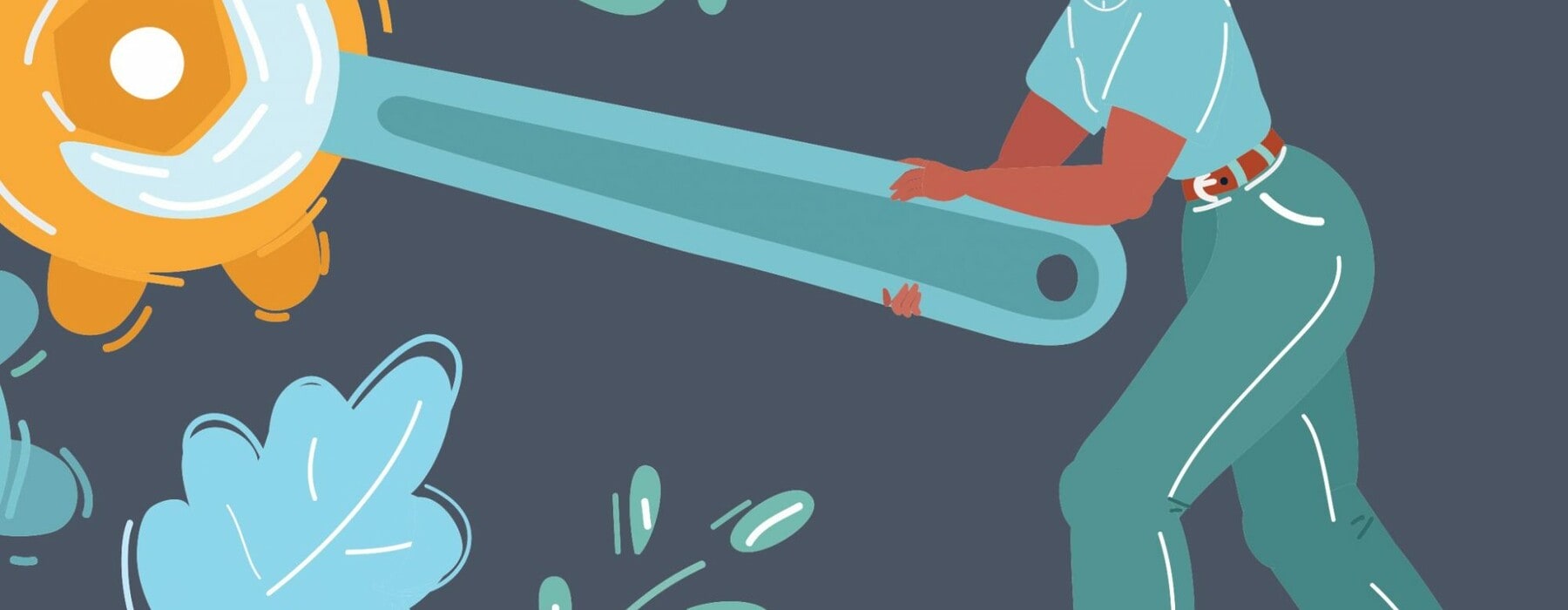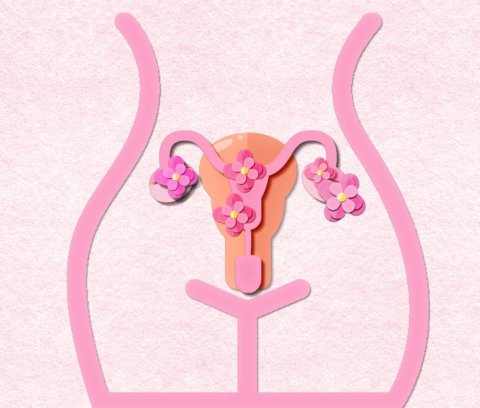Sandra Goldmark is on a mission to reverse our throwaway. She discusses our cheap consumption culture and what we can do the change the tide of waste.
It all started when her toaster broke. And her desk lamp. And her vacuum cleanser. Sandra Goldmark, a theatre set designer and university professor in New Year, was on maternity leave in 2013 and found the stuff around her was falling apart. But she couldn’t get any of it fixed.
In her new book, Fixation: How to Have Stuff Without Breaking the Planet, she recalls: “Amazon beckoned. But I didn’t want to get a new vacuum – I wanted the old one to work.” It’s a frustration we all know well: a 2016 study by Nottingham Trent University found that 45 percent of people cannot name a repair service that they trust.
As Sandra says: “I thought about how the vacuum and desk lamp and backpack and toaster are part of a much bigger economic system of large-scale extraction of resources, poor design, rapid manufacture, global distribution, early obsolescence and disposal.
“I thought about what it means to raise kids in a culture where we place almost no value on longevity, maintenance, durability. Where many of the things we use are disposable and toxic to the planet and the people who make them. Where many of us are disconnected from the people who make our things and from our ability to mend them. And where we are extracting resources at an unsustainable rate to make things that are, often, just crap.”
Every year, discarded objects like her desk, lamp and vacuum cleanser contribute to 127 million tonnes of landfill in the US alone. In New Zealand, around 2.5 million tonnes of waste end up in landfill each year – that’s over a tonne of rubbish per household.
Sandra decided to do something about it. For seven years, she and her husband, Michael ran a pop-up repair shop in New Year with the help of YouTube videos, a small team of amateur tinkerers and Sandra’s experience as a set designer, where fixing things in a hurry before curtain call was par for the course. Over seven years they fixed 2500 objects at their shop, and in the process came to recognise the repeat offenders and worst culprits in our throwaway culture.
“Printers were a constant source of frustration and failure to the point that we stopped accepting them,” she says over the phone from New York. “If a part was failing, it was impossible to get a replacement.” They soon stopped repairing digital products too. It was an iPad that drove them over the edge.
“Michael had discovered, the hard way, that [our neighbour’s] iPad was almost impossible to repair. iFixit, an online leader in tech repair activism, gave the 2013 iPad a score of two out of 10 for repairability,” she recounts in her book. “Everything is glued down, so there is a high chance of cracking the screen during disassembly. And once you get inside that beautiful iPad, it is clear that it was carefully designed either with complete disregard for making it possible to change the screen easily or, worse, to purposefully make it difficult to do so.”
Making parts unavailable is characteristic of the manufacturing culture of intentional obsolescence, in which companies deliberately design a product so it will have a limited lifespan, thereby ensuring consumers will regularly have to buy new ones. For digital products, companies have subtle ways of making things redundant quickly. “Software that inexplicably slows down after certain updates, batteries that can’t be replaced, screens that are glued on. The end of life is baked into the product from the start, but well hidden,” Sandra writes.
One of the most common impediments to repair is proprietary screws – designed by the company to make them impossible to remove without a specialist screwdriver. Nespresso machines, many toaster ovens and iPhones use such screws. But in her years on the frontline of fixing stuff, Sandra also discovered some companies were better than others at making things that were repairable.
“We like Miele vacuum cleaners,” she says. “[With] KitchenAid, it is easy to get the parts. Motorola is good. Dualit toasters. Old Panasonic products. One of my co-workers, Adam, loves older things. He opens it up and says, ‘This was made to be fixed. The person who designed it made it really easy for me.’”
“They don’t make ’em like they used to” is a cliché, but it is increasingly true. Sandra cites the case of the Centennial Light, a light bulb manufactured in 1901 that is still burning more than a century later in California. In her book, she explains how durability has been lost in the era of globalisation.
“The economics of repair used to be very different. Fifty years ago, when more items were made in the same country where they might be fixed, the relative labour costs were not so disparate. Today, however, when a manufacturer might be paid $3 per hour to make a coffee machine in China or India, when raw materials and fuel for shipping are cheap, and a fixer in the States requires at least minimum wage, it’s easy to see how making new cheap stuff became the dominant model.”
How to fix the problem?
The solution? Sandra is calling for international labour standards to be adopted to stop the corporate race to the bottom, improve quality and make repair more of a viable option. But how realistic is that in our pile-’em-high, sell-’em-cheap society, where economies are fuelled by consumption? “We are not allowed to send rotten toxic food around the world, there are international standards for that,” Sandra argues. “Why not for stuff? We can have systems of labelling. Why do we need to send a lamp made in unsafe conditions?”
But it is hard to imagine companies closing factories in developing countries and returning them to the West, where wages are higher. “I don’t think we will go back to a time when everything is made locally,” she concedes. “But just because things are manufactured globally, it doesn’t mean they have to be done at the current volume and at low quality.
“Could things still be made in China, but better quality? We should be selling fewer products at a higher price, and have more local repair and reuse shops. The big economic system is not capitalising on the local economy, and it should.”
To encourage a culture of local repair shops, Sandra suggests governments should give tax breaks to repair providers, as they do in Sweden. She has visions of a circular economy in which Walmart and other big-box stores all have a repair and reuse shop; she insists they could make money doing it.
One of the curious things she learnt from her years of repairing was that most of her customers were willing to pay close or equal to the original price of the object, and not for environmental reasons – their motivation was primarily out of emotional attachment to an item. Moreover, getting something fixed enhanced a person’s perception of its value.
“This is a phenomenon Ikea and other big businesses would do well to study, for in it lies the seeds of a global economic shift: that emotional attachment represents a willingness to spend money on repair, service and upgrade,” she writes.
There are signs of change. Late last year Ikea launched a buy back and resell scheme in the UK. Customers can return an item and receive vouchers worth up to 50 percent of its original retail cost. British department store Selfridges also announced the launch of a repair and resell service last August.
The corporate world is getting on board too. Blackrock, the world’s largest asset manager, has raised $900 million in a year for its first circular economy fund. It was launched in collaboration with the Ellen MacArthur Foundation, a UK charity campaigning for waste and pollution to be designed out of the economy.
Buying used reduces the impact on the environment – switching to renewable energy can only address 55 percent of carbon emissions, according to the Ellen MacArthur Foundation; the remaining 45 percent of emissions come from the production of food and consumer goods. Buying used will also force companies to diversify revenue streams towards repair and reuse.
Pass it on
The last thing we can do, says Sandra, is pass on our stuff when we no longer have a use for it. She cites a New York company, AptDeco, as a model for the future. It is a peer-to-peer website where people can post their second-hand home furnishings, but the difference is that the company will arrange the pickup and delivery.
“We have to create systems where people can pass things on easily. How do I get this table out of my apartment into someone else’s? Especially for an urban dweller who does not have a car. AptDeco makes it so much easier.”
Above all, Sandra says we are going to have to get used to a world in which goods cost more, and to change our mindset that expensive equals bad. It is a false economy to buy a cheap toaster that you might have to replace three times in as many years, for example.
But this is where her argument might fall down. The wealthy are able to afford a $250 toaster, but those on the breadline can’t. “Could they buy a well-made refurbished product?” muses Sandra, who also suggests a culture of paying in instalments.
Another solution to throwaway culture could be the adoption of a rental one. Just as companies rent photocopiers and have them serviced for years, homeowners could rent Nespresso machines and get them fixed as needed.
“The grassroots repair cafés are great, but limited in scale of what they can handle. The big players are not there yet, but we need to push for it.”








